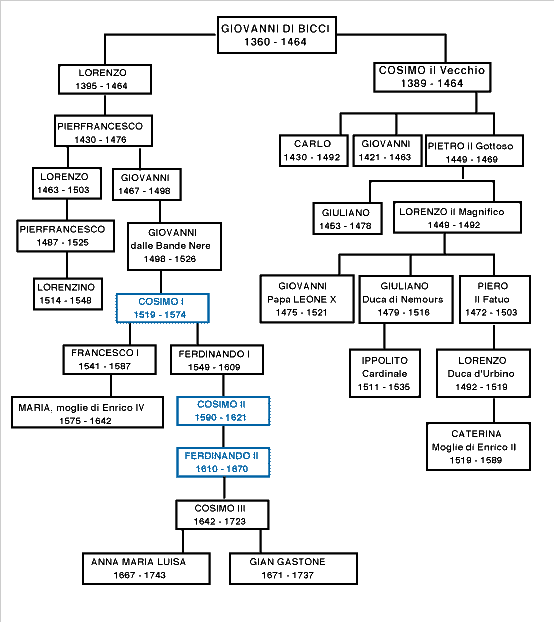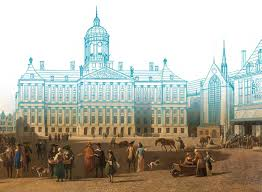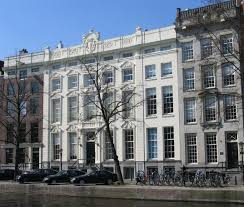
#EFFITYLER FOR THE RECORDV - HISTORY REPEATS
en.wikipedia.org/wiki/Cathar_ye…
en.wikipedia.org/wiki/Albigensi…
The Albigensian Crusade or the Cathar Crusade (1209–1229; French: Croisade des albigeois, Occitan: Crosada dels albigeses)was a 20-year military campaign initiated by Pope Innocent III

en.wikipedia.org/wiki/Cathar_ye…
en.wikipedia.org/wiki/Albigensi…
The Albigensian Crusade or the Cathar Crusade (1209–1229; French: Croisade des albigeois, Occitan: Crosada dels albigeses)was a 20-year military campaign initiated by Pope Innocent III


to eliminate Catharism in Languedoc, in southern France. The Crusade was prosecuted primarily by the French crown and promptly took on a political aspect, resulting in not only a significant reduction in the number of practising Cathars, but also a realignment of the County of 



Toulouse in Languedoc, bringing it into the sphere of the French crown, and diminishing both Languedoc's distinct regional culture and the influence of the counts of Barcelona. - At least 200,000 to at most 1,000,000 Innocent Cathars were killed. en.wikipedia.org/wiki/Albigensi… 



The Cathars were part of a widespread spiritual reform movement in medieval Europe. On assuming the papacy in 1198, Pope Innocent III resolved to deal with the Cathars and sent a delegation of friars to the province of Languedoc to assess the situation. The Cathars of Languedoc 

were seen as not showing proper respect for the authority of the French king or the local Catholic Church, and their leaders were being protected by powerful nobles, who had a clear interest in independence from the king. Cathars rejected the Catholic priesthood, labelling its 

members, including the pope, unworthy and corrupted. Cathars held that the physical world was evil and created by this demiurge, which they called Rex Mundi (Latin, "King of the World"). Rex Mundi encompassed all that was corporeal, chaotic and powerful. The Cathar understanding 

of God was entirely disincarnate: they viewed God as a being or principle of pure spirit and completely unsullied by the taint of matter. He was the God of love, order, and peace. --- The Crusaders captured the small village of Servian and then headed for Béziers, arriving on 



July 21, 1209. Under the command of the papal legate, Arnaud Amalric, they started to besiege the city, calling on the Catholics within to come out, and demanding that the Cathars surrender. Neither group did as commanded. The city fell the following day when an abortive sortie 

was pursued back through the open gates. The entire population was slaughtered and the city burned to the ground. It was reported that Amalric, when asked how to distinguish Cathars from Catholics, responded, "Kill them all! God will know his own. 



The Inquisitors sometimes used torture as a method to find Cathars, but still were able to catch only a relatively small number. The Inquisition received funding from the French monarchy.The Dominican Bernard Gui, Inquisitor of Toulouse from 1308 to 1323 ruled that any person 





found to have died without confessing his known heresy would have his remains exhumed and burned, while any person known to have been a heretic but not known whether to have confessed or not would have his body unearthed but not burned. Under Gui, a final push against Catharism
The name States-General dates from the fifteenth century. In 1464 the States were first convened by Philip III of Burgundy (Philip the Good). In the States were representatives of the 17 Burgundian parts of the country in the Low Countries. From 1588 to 1795, the States General 





was the meeting of the Republic of the seven United Provinces. Gelderland, Holland, Zeeland, Utrecht, Friesland, Overijssel and Stad en Lande (Groningen)). At that time the States General were, as it were, the confederal government of the Republic. The States members also ruled 

the Generality countries (the areas that did not belong to a province) and supervised the Dutch East India Company and the West India Company. en.wikipedia.org/wiki/Council_o…
Habsburg Netherlands
Charles V, Holy Roman Emperor founded a Council of State on 1 October 1531 as one of three
Habsburg Netherlands
Charles V, Holy Roman Emperor founded a Council of State on 1 October 1531 as one of three

Collateral Councils (the other two were the Secret or Privy Council and the Council of Finances) to advise his sister Mary of Hungary, his regent in the Habsburg Netherlands, and her successors, on the main questions of government, foreign affairs and defense. Members of the
council were the great nobles of the realm and a few of the great prelates....en.wikipedia.org/wiki/Thom_de_G… 



Thom De Graaf - en.wikipedia.org/wiki/Thom_de_G… 



@threadreaderapp please unroll
• • •
Missing some Tweet in this thread? You can try to
force a refresh















































